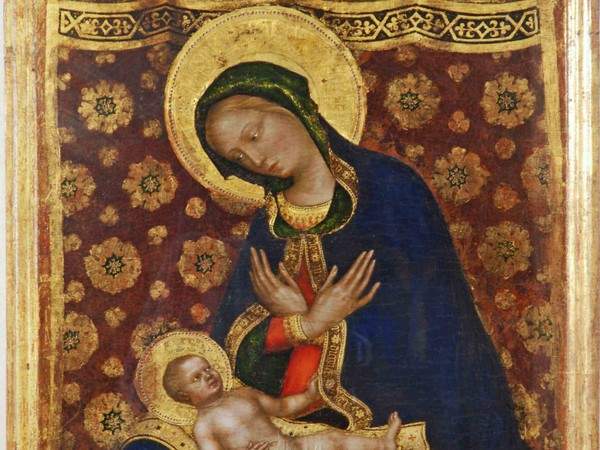The Museum of Santa Giulia in Brescia opens, from October 29, 2022 to January 29, 2023, the exhibition The Lion City. Brescia in the Age of the Communes and Seignories, an exhibition that takes the public on a journey through Brescia between the 12th and 15th centuries, a period marked by the appearance of the Communes and later the Seignories: it was in this period that the city radically changed its face to take the form that still characterizes it today. The municipal magistracies and the lords who asserted their dominion over the city and its territory, in addition to being at the origin of vast urban interventions and great architectural construction sites that redefined its structure and appearance, also intervened in the creation of both new instruments of government and the images, symbols and rituals through which civic identity is still expressed today.
In fact, this era saw the birth of the municipal coat of arms with the rampant lion, which Carducci would later make famous by associating it with the heroism of the martyred city of the Ten Days, and the civic cults of the patron saints Faustino and Giovita and of the Holy Crosses, which set the rhythm of the city’s holiday calendar, then as now involving both the population and the municipal administration, developed.
The exhibition The Lion City. Brescia in the Age of Communes and Seignories will provide an opportunity to address the study of Brescia’s civic institutions, the men who directed their actions, the forms of government and the instruments of communication, but above all to disseminate the results of this research to a wide audience that, to date, lacks a clear, up-to-date and solidly documented guide to learning about this rich page of local history. In order to achieve this goal, the catalog essays and illustrative cards of the exhibits will be entrusted to scholars active not only in the local context, whose interdisciplinary approach is seen as guaranteeing a reading of the findings from a supra-local perspective.
The exhibition will examine a chronological span between the second half of the 12th century, a period in which the first traces of civic communal institutions appear, and 1426, the year of Brescia’s dedication to the Republic of Venice.
For all information, you can visit the official website of the Brescia Musei Foundation.
Pictured: Gentile da Fabriano, Madonna of Humility (c. 1420-1422; Pisa, Museo Nazionale di San Matteo), detail. By concession of the Ministry of Culture - Regional Directorate Museums of Tuscany - Florence
 |
| Brescia, art in the age of communes and lordships in an exhibition at the Santa Giulia Museum |
Warning: the translation into English of the original Italian article was created using automatic tools. We undertake to review all articles, but we do not guarantee the total absence of inaccuracies in the translation due to the program. You can find the original by clicking on the ITA button. If you find any mistake,please contact us.